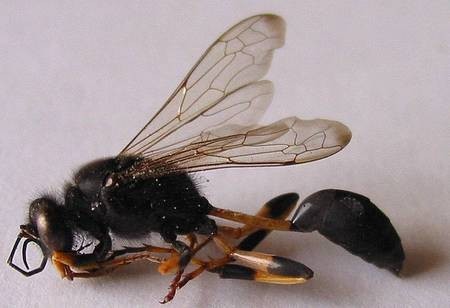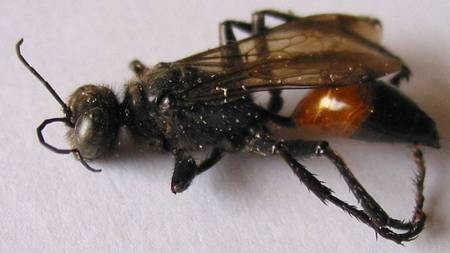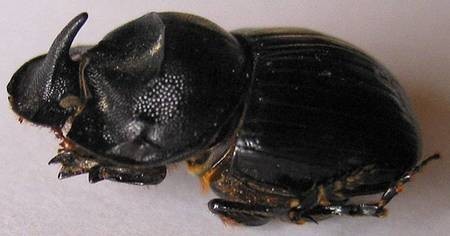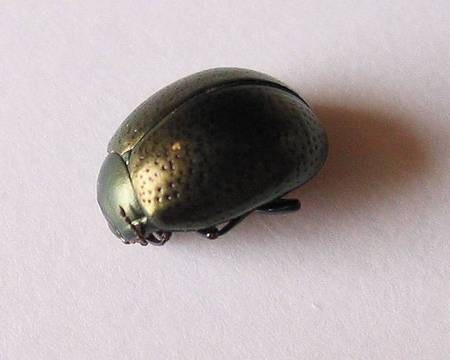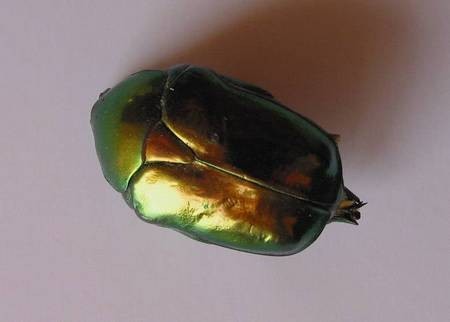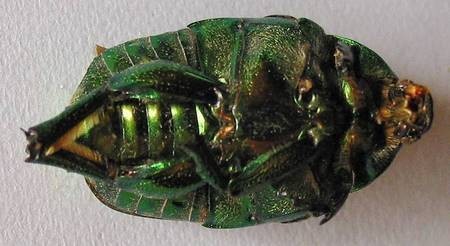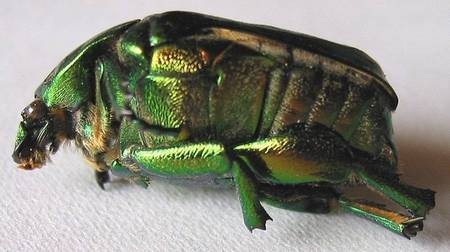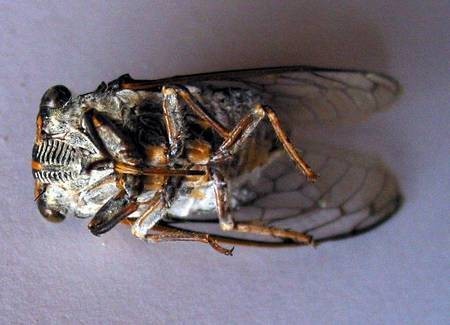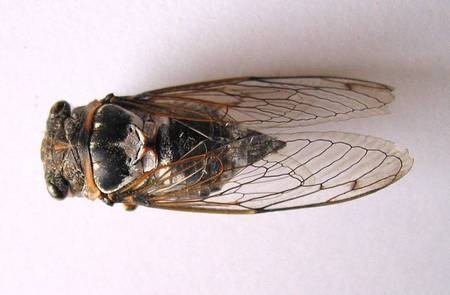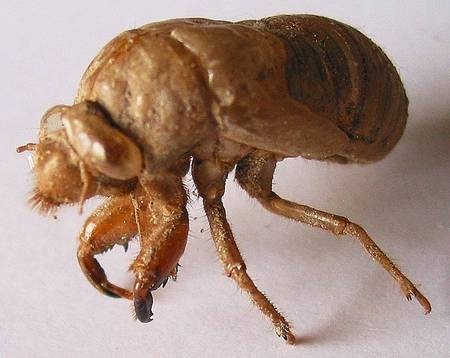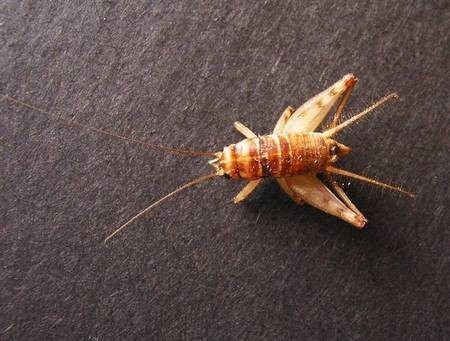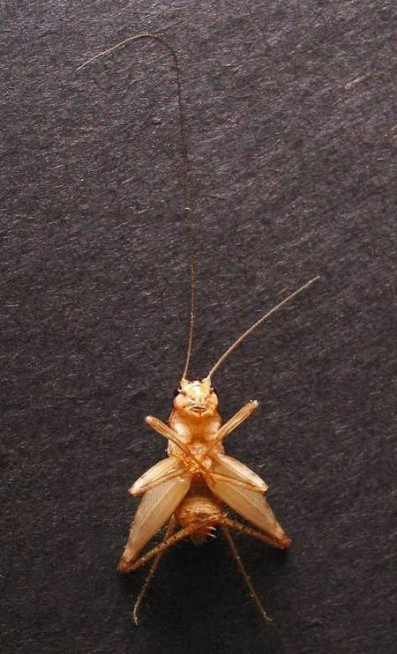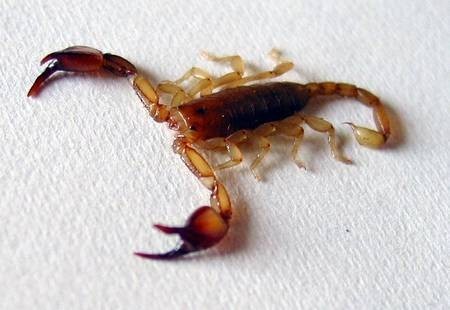Insects and Kin
Natural History Museum > Insects and Kin
All entries
Mud Wasp
In summer time, the female mud wasp can be seen lugging a paralyzed spider along a wall. She’ll put...
View Full MessageCresent-horned Beetle
Spanish Crescent-horned beetle. This horned beetle is astonishing to come across, but completely...
View Full MessageGreen Beetle
Little Green Beetle. Unidentified. 1 cm. If you know the name of this beetle, please add your com...
View Full MessageGreen Beetle, underside
Little green beetle, 1 cm long. View of underside. Photograph © James Prineas, 2003
View Full MessageRose Beetle
Rose beetle. This magnificent, emerald colored beetle is happily quite common on Kythera, and cat...
View Full MessageRose Beetle, underside
Underside of Rose Beetle, a gorgeous insect, uniformly green and glittering. Photograph © James Pri...
View Full MessageRose Beetle, side view
In midsummer the opening artichoke blossoms provide a delicious nectar for rose beetles. The the eme...
View Full MessageCicada, underside
A belly-up view of a cicada, showing mouthparts and other cool stuff. 4.5 cm. Photograph © James...
View Full MessageCicada
On Kythera, the song of summer is the cicada’s constant buzz, perfectly captured in its Greek name,...
View Full MessageCicada Nymph Skin
Skin of cicada nymph. Immature cicadas are called nymphs. They live underground for 4 to 20 years...
View Full MessageCricket
The cricket is a serious pest, capable of devouring many times its weight in crops. But its chirping...
View Full MessageCricket, underside
Underside of a cricket, in full lotus yoga position. Photograph © James Prineas, 2003
View Full MessageGrasshopper
While grasshoppers can do real damage to crops, they are also a valuable food source for large birds...
View Full MessageScorpion
The scorpion is fierce looking and scary, with sharp pincers on its claws, and a sharp stinger at th...
View Full Message
